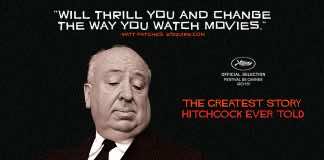
Continuing this critic’s countdown to the number one movie of 2017, below you will find my top 10 movies of 2017. Some might find it interesting to compare this full list (the bottom 10 can be found here: Best 20 Films of 2017 – part 1) with where my favorites were mid-year: Best movies of 2017 – first half.
Again, if I did not review it, I provide a paragraph of commentary. Otherwise, you will find a choice pull quote with a link to my original review. A key to the hyperlinks below: Where available, movie titles link to the item description page on Amazon for purchase, rent or pre-order. If you purchase via the link provided, know that you are financially supporting this blog and helping us match our Knight Foundation grant. We thank you. You can also jump over to our “Support Us” page and send a donation in one click via Paypal or credit card. Again, we thank you. On to the best of the best in movies of 2017:
10. Dawson City: Frozen Time

“Director Bill Morrison’s telling of history is a blend of facts and feeling that transcends common expectations of what a documentary should be … Dawson City: Frozen Time is ultimately a celebration of time. It both captures a moment in time but also time’s sprawling transformational power…”
Read my review
9. The Ornithologist
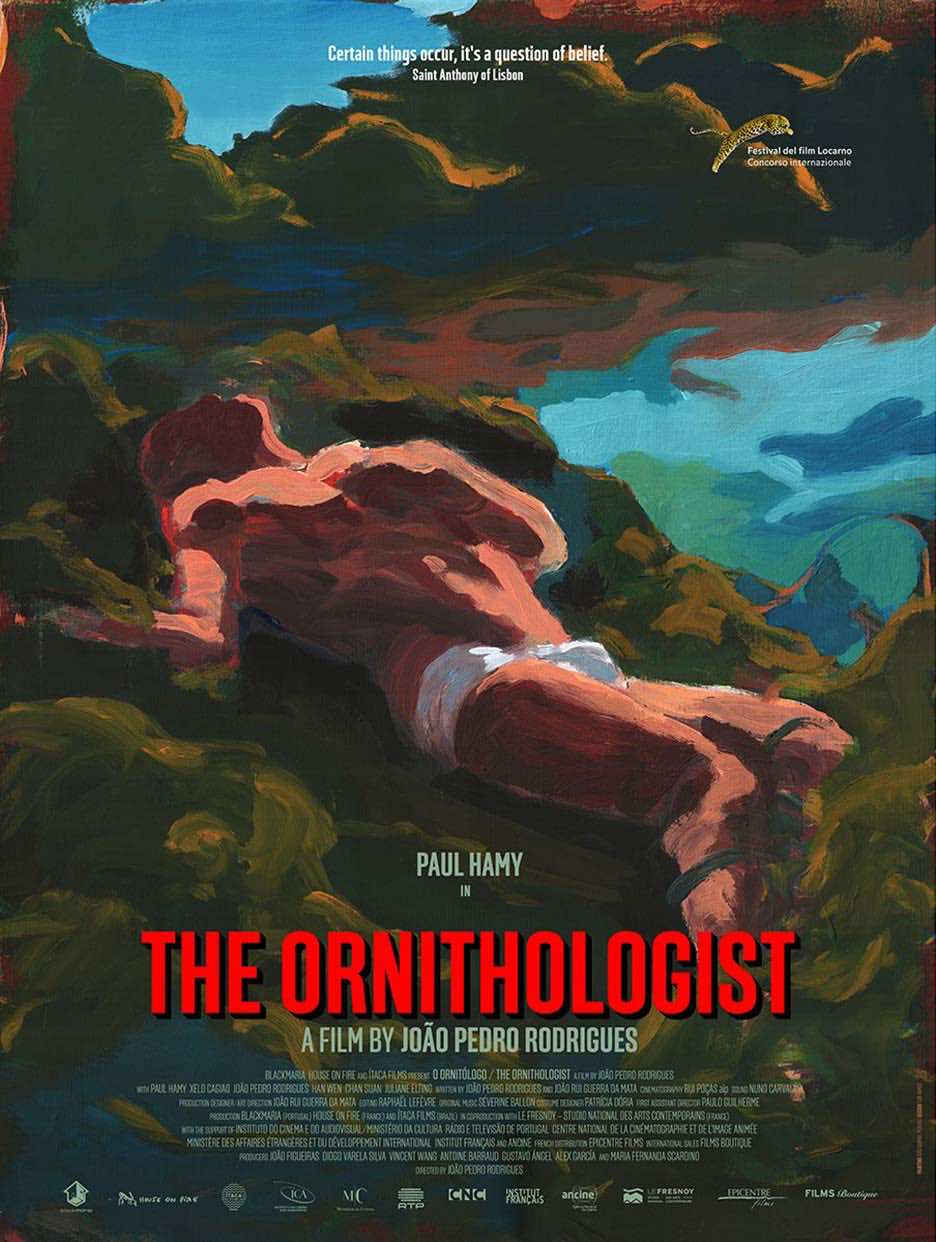
“… pacing and storytelling logic can achieve so much more in the consciousness of the audience when you veer away from classical Hollywood storytelling. There are many moments of silence within the movie, as our hero undergoes a transformation from rational scientist to a man connected to the spirituality found in the essence of nature, beyond stories of myth that have been perverted by such modern constructs such as religion…”
Read my review
8. Blade Runner 2049
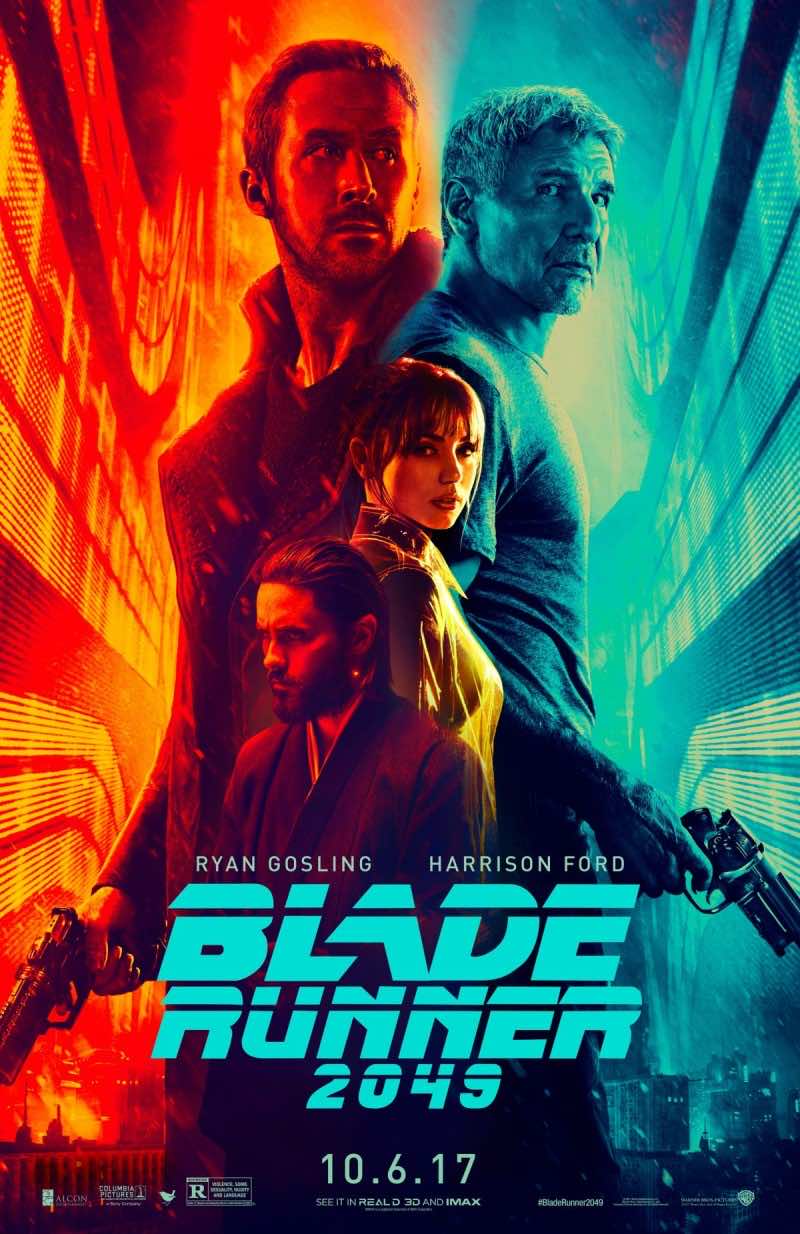
“… yes, Blade Runner 2049 is impressive to experience on that superficial, theatrical level, but where it ultimately transcends its package is in its thematic concern of what it means to be human. Even in its twists in plotting, the movie plays with expectations in a way that speaks to an innate desire to matter in this world: to dream of a better place, to be loved and to have a personal history…”
Read my review
7. A Ghost Story

“In the end, A Ghost Story uses elements of cinema beyond storytelling, as if the filmmakers are presenting a place where feelings might go once they are lost between partners, a sort of unstoppable energy transmitting in light that transcends mortality.”
Read my review
6. El Amparo
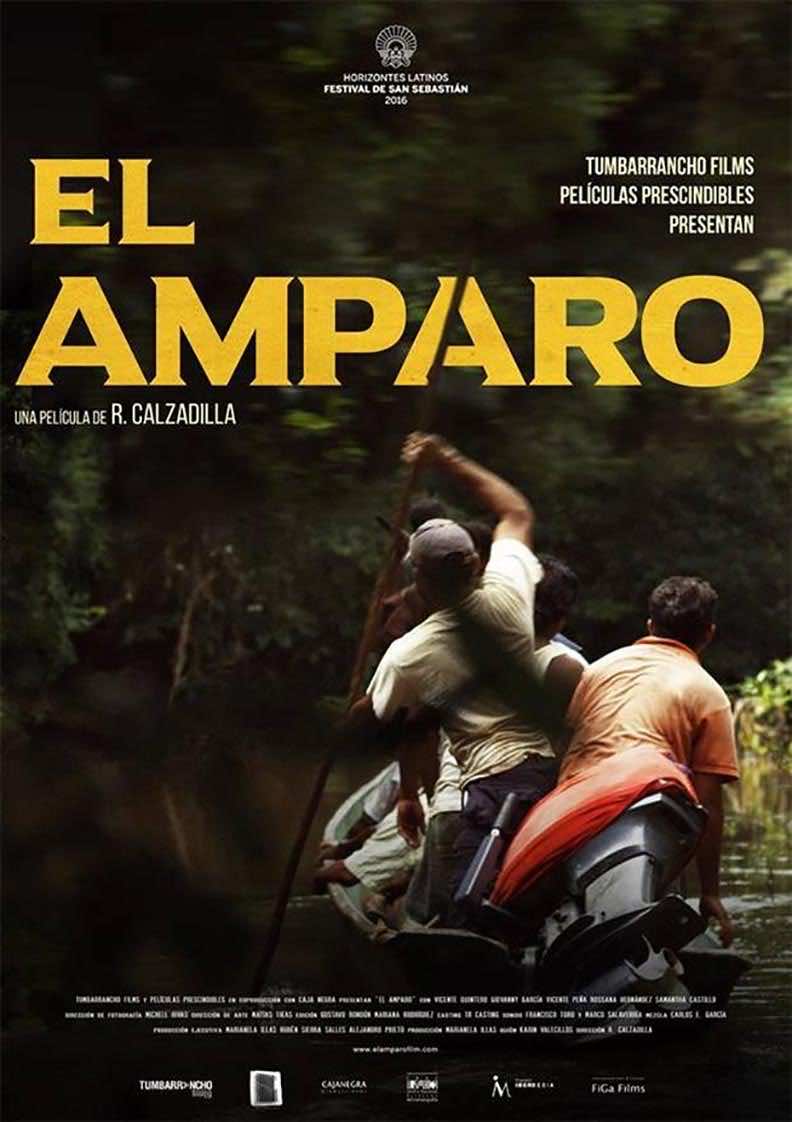
The Colombian/Venezuelan drama El Amparo tells the the disturbing true story of how, in 1988, a group of fisherman were murdered for political gains and how two survivors struggled against the “system.” The naturalistic acting speaks to how the story still haunts the community this tragedy affected. Featuring complimentary, raw, handheld camera work, the film is compelling in all its humanism.
5. Phantom Thread
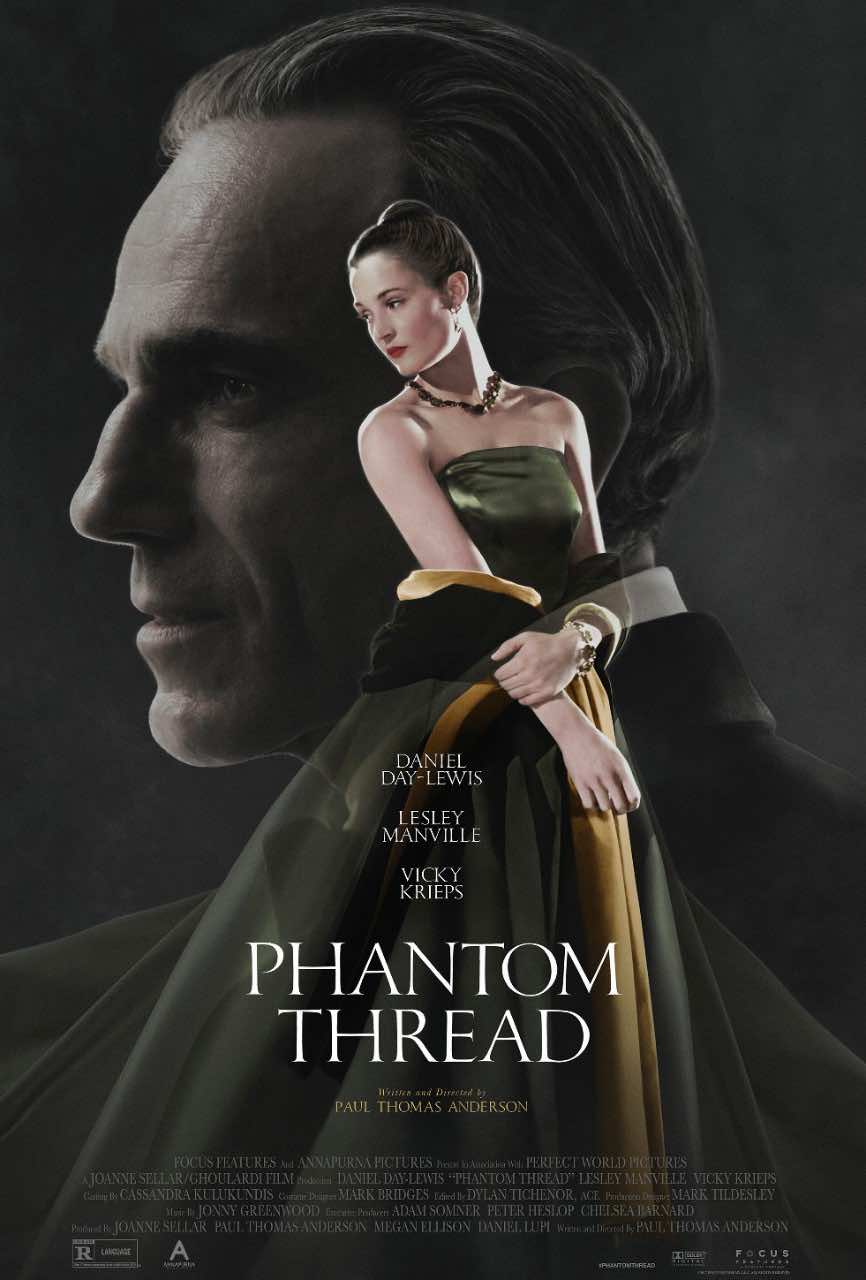
“Phantom Thread, the new film by Paul Thomas Anderson, is all that you want in a love story but nothing you’d expect. With every frame, this romantic drama charms, yet at its heart beats a tense battle for identity buoyed by a dark sense of humor. Being a film centered around a couture designer in mid-1950s London, it has to be beautiful to look at, and it has beauty to spare. The use of color and costuming, expertly designed by Anderson regular Mark Bridges and meticulously framed by Anderson, who goes uncredited as the film’s cinematographer, is wielded delicately yet with potency…”
Read my review and my interview with Phantom Thread‘s costume designer Mark Bridges
4. The Death of Louis XIV
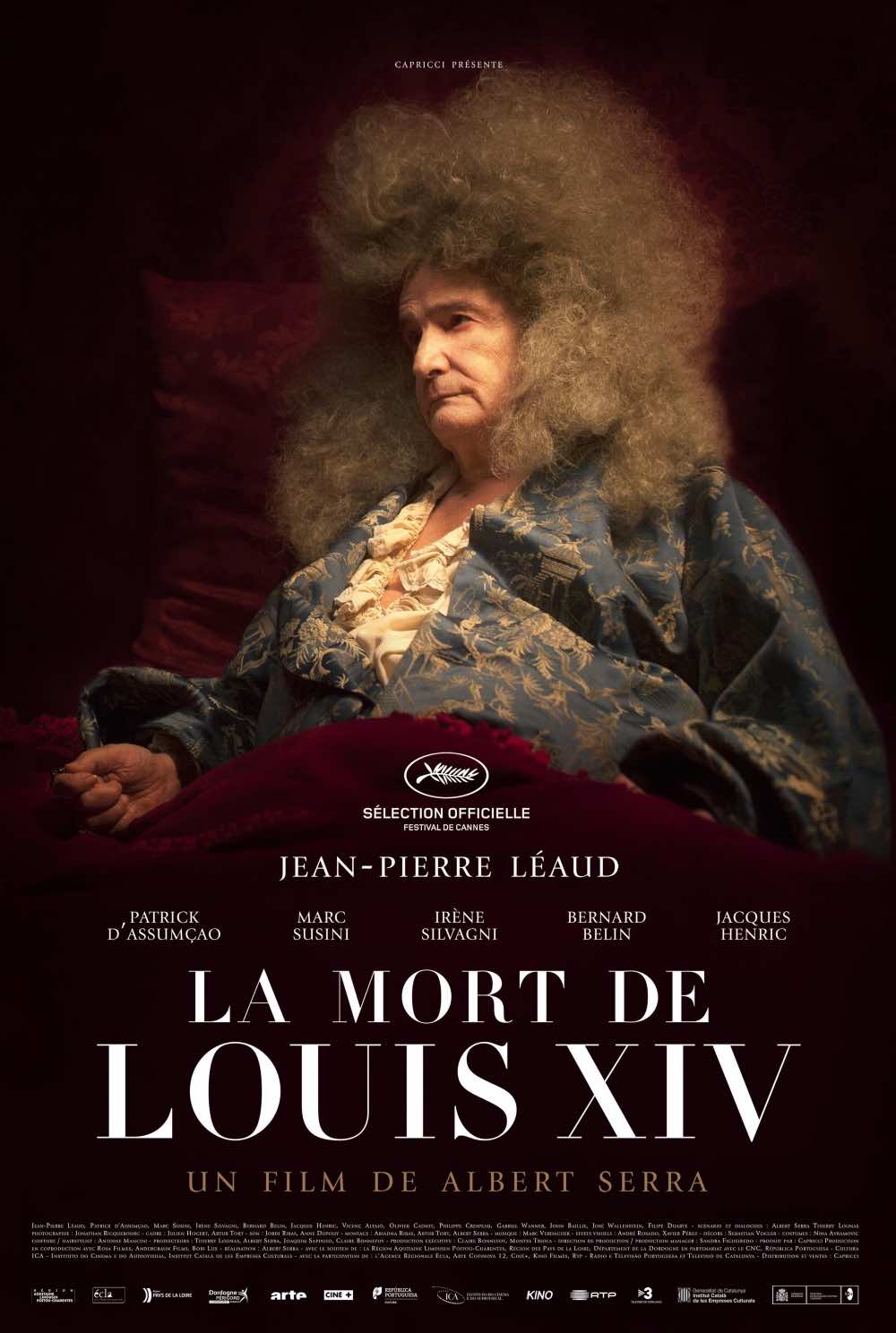
“Director Albert Serra wants to create realism by presenting the small details in static takes not via stylized cinematic gestures. For instance, his closeups never feel indulgent. They are there to call attention to perspective and, in this case, how different it is to watch death than experience it. The film’s closeups capture an intimacy that only go as far as to show the separation between the actors…”
Read my review and my recap of my conversation with director Albert Serra and Film Comment critic Yonca Talu
3. Brimstone & Glory

It’s weird to admit, but I wept during a theatrical screening at the Key West Film Festival of this documentary about fireworks. The beauty of the cinematography coupled with a loose narrative about a boy growing up in Tultepec, a town in south-central Mexico, creates a sensation rather than an explainer of the importance of San Juan de Dios, the patron saint of firework makers, to the township. Capturing the preparations for a 10-day pyrotechnic festival and the actual event among people who dance with exploding fireworks, literally risking life and eyeballs, Brimstone & Glory is a testament to faith expressed in the most kinetic way you could ever hope to see.
2. Scarred Hearts
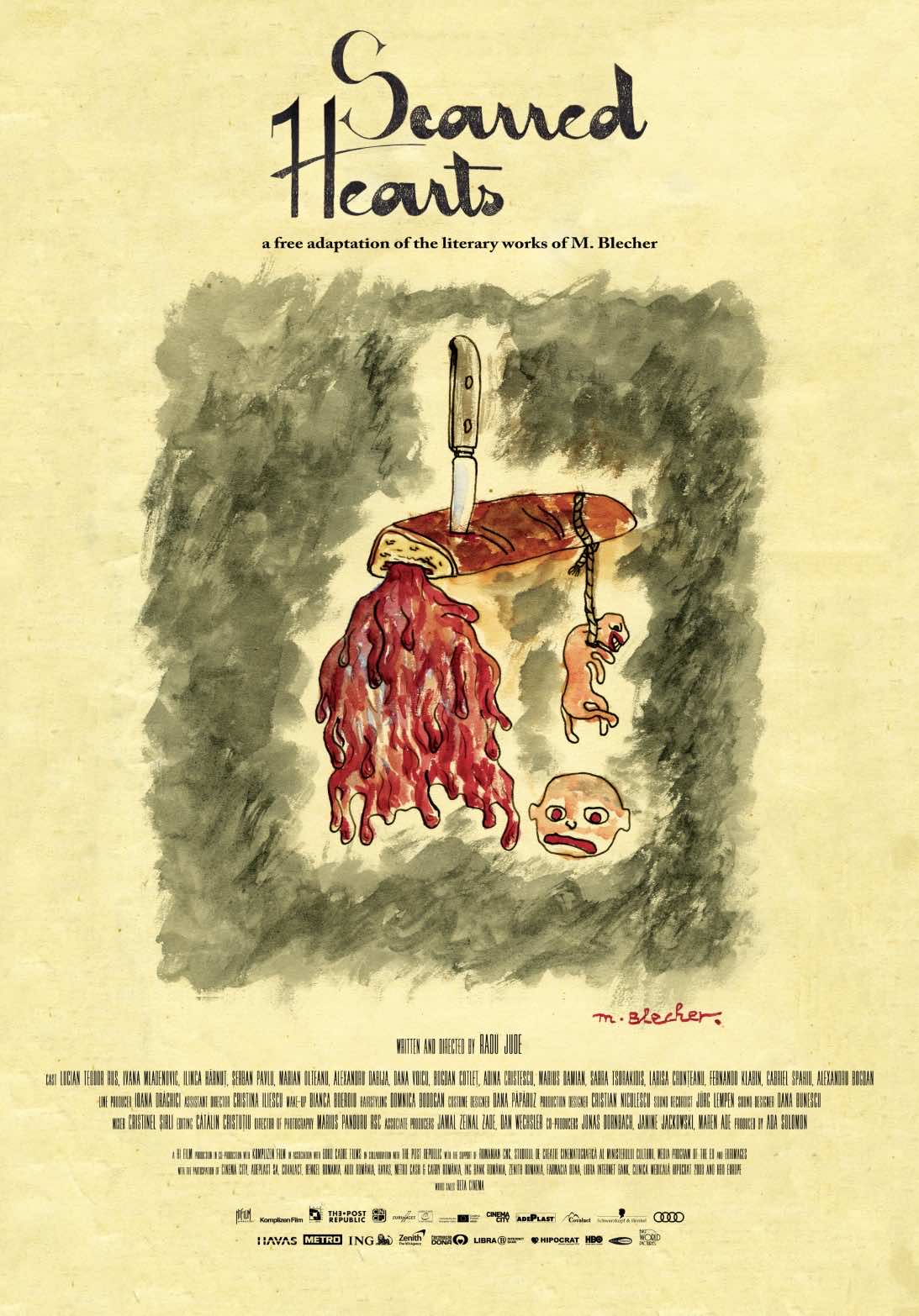
“Director Radu Jude does more than create sympathy for these characters. Something more startling is happening here. Scarred Hearts reminds us of the cruelty in the joke that is living life under the shadow of social change that challenges how we live it while it all ultimately ends in death…”
Read my review
1. Twin Peaks: The Return
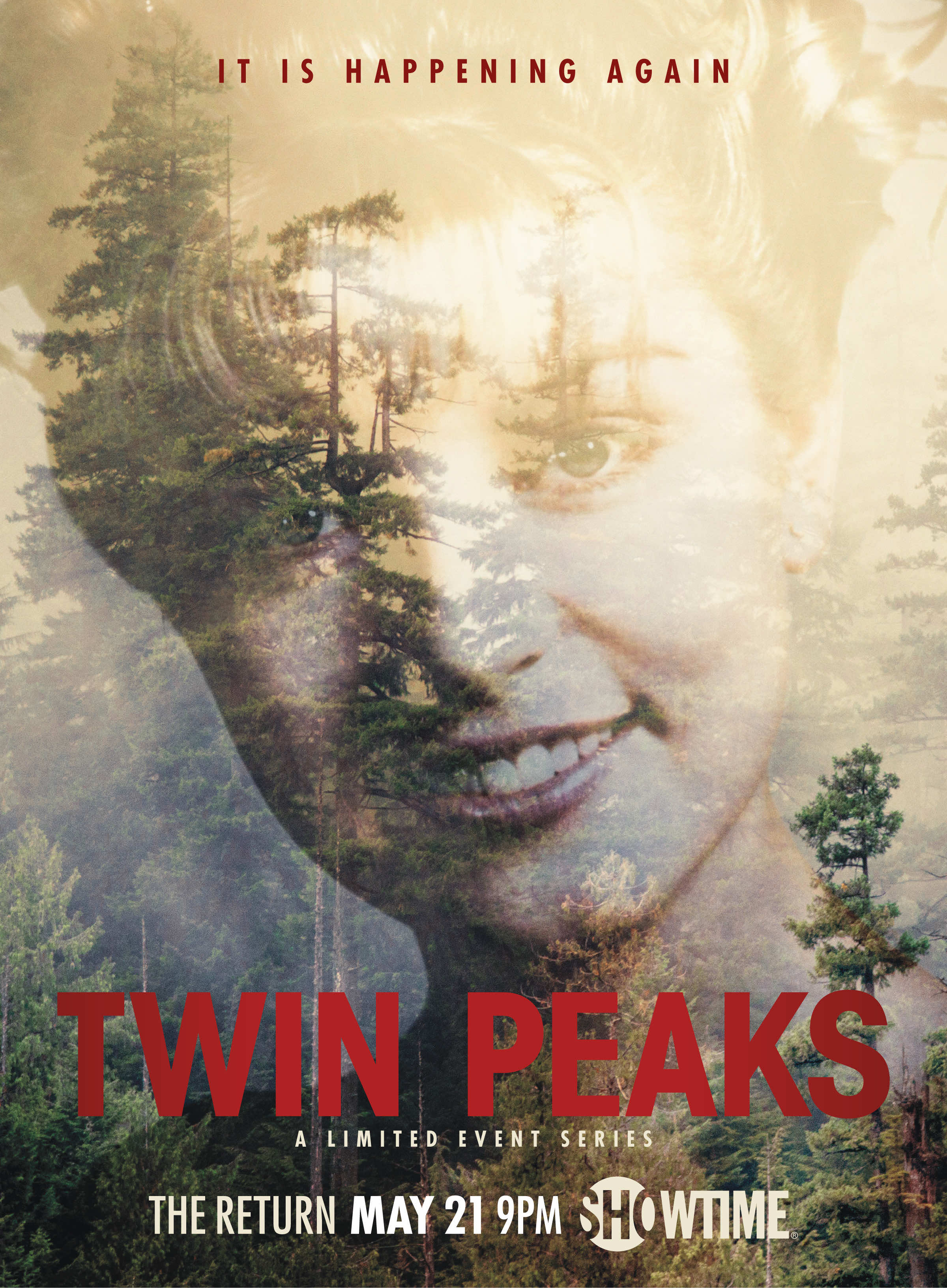
In this digital world of streams and watching movies on all sorts of devices, the idea of considering a work by a filmmaker as defined by its source of exhibition is outmoded. As history has shown, when it comes to considering the overall work of directors like Bergman, Fellini or Fassbinder, their work for television is as important as what premiered in movie theaters. When we look back at David Lynch’s career, his Twin Peaks: The Return will be considered a masterwork in his oeuvre. It will be held in the same esteem at Scenes From a Marriage and Berlin Alexanderplatz or even the cinematically serialized Les Vampires. Finally, I’d hate to separate such a work from kindred spirits in my top 10 of 2017 list, like The Ornithologist, The Death of Louis XIV, Scarred Hearts, A Ghost Story and even Dawson City: Frozen Time. As number one on this list, it’s also the best among a handful of most excellent films. As Dennis Lim writes in Film Comment’s “The Films of 2017,” “The pointless arguments about whether The Return belongs on television or film are a distraction from its singularity; truth be told, it belongs on a list by itself.” I write about art and music as well as film, and nothing cracked open the awareness one has in watching narrative visuals with as much profundity as this series. As it celebrated characters from the past, The Return also celebrated actors passed on (FYI: that’s Phillip Jeffries, David Bowie‘s old Twin Peaks character, in the lead image of this article). As much as it satisfies the “Twin Peaks” audience’s desire to return, it also denied them the idea they could return. This wasn’t fan service, this was Lynch and co-writer Mark Frost, taking ownership and deepening an already rich work. Meanwhile, this was a work as much about oblivion as it is about the preciousness of memory. It’s also about the suffering that is life, which means relationships are never resolved, closure is nothing but a dream, evil is innate and the only singular experience one can account for is one’s own, even if it exists in harmony or — better but — cacophony with others’ perspectives. Dualites have long been a major concern of Lynch, but here we got triplicates and more McGuffins than anyone would expect, putting the murder mystery of Laura Palmer to shame. Twin Peaks: The Return is not only more than a TV show, it’s more than a movie.









